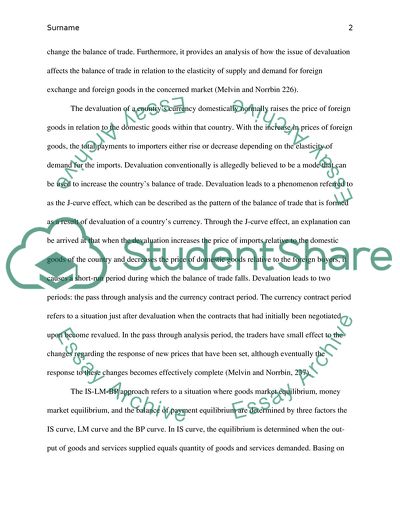Cite this document
(“Modeling the Exchange Rate and Balance of Payments Essay”, n.d.)
Modeling the Exchange Rate and Balance of Payments Essay. Retrieved from https://studentshare.org/macro-microeconomics/1640415-modeling-the-exchange-rate-and-balance-of-payments
Modeling the Exchange Rate and Balance of Payments Essay. Retrieved from https://studentshare.org/macro-microeconomics/1640415-modeling-the-exchange-rate-and-balance-of-payments
(Modeling the Exchange Rate and Balance of Payments Essay)
Modeling the Exchange Rate and Balance of Payments Essay. https://studentshare.org/macro-microeconomics/1640415-modeling-the-exchange-rate-and-balance-of-payments.
Modeling the Exchange Rate and Balance of Payments Essay. https://studentshare.org/macro-microeconomics/1640415-modeling-the-exchange-rate-and-balance-of-payments.
“Modeling the Exchange Rate and Balance of Payments Essay”, n.d. https://studentshare.org/macro-microeconomics/1640415-modeling-the-exchange-rate-and-balance-of-payments.


